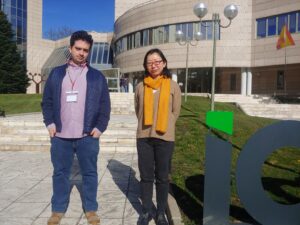
“Valorisation of CaNbGa garnets as thin disk elements in high power, high-rate, ultrashort pulsed laser oscillators (THINLAS)” project has been granted for the period 01/12/2022 to 30/11/2024.
This Project aims the extension of thin disk laser (TDL) technology, based on Yb doped YAG single crystals, to modelocked operation by using disordered single crystal Ca3(NbGa)5O12 garnets (CNGG) doped with Yb (or Tm, Ho, and Tm+Ho for emission in the λ≈ 2 µm region), to provide laser pulse durations in the femtosecond (1 fs= 10-15 s) time scale with large pulse peak powers. This is based on the large Yb3+ bandwidth in previously developed CNGG crystals, typically FWHM= 23.5 nm (or 221 cm-1), along with an optical absorption three times more efficient than in YAG, which promises thinner disks with better cooling. The productivity of laser material processing and monitoring in various fields will be greatly improved by a laser module with the characteristics described above. Just to mention some few examples: In photovoltaic silicon cell processing for CO2-free energy harvesting, surface texture free of chemical wastes will be possible. Polymeric soft transparent materials, extensively used in biomedical health care, can be welded and mechanically processed with λ≈ 2 µm laser equipment. LIDAR systems incorporating increased high power lasers and repetition rates will have longer penetration depths and better spatial resolution. Overall, the development of high power–high repletion rate lasers with ultrashort pulse duration will provide new tools for improving the wellness of the population through routes that are compatible with a sustainable and green manufacturing.

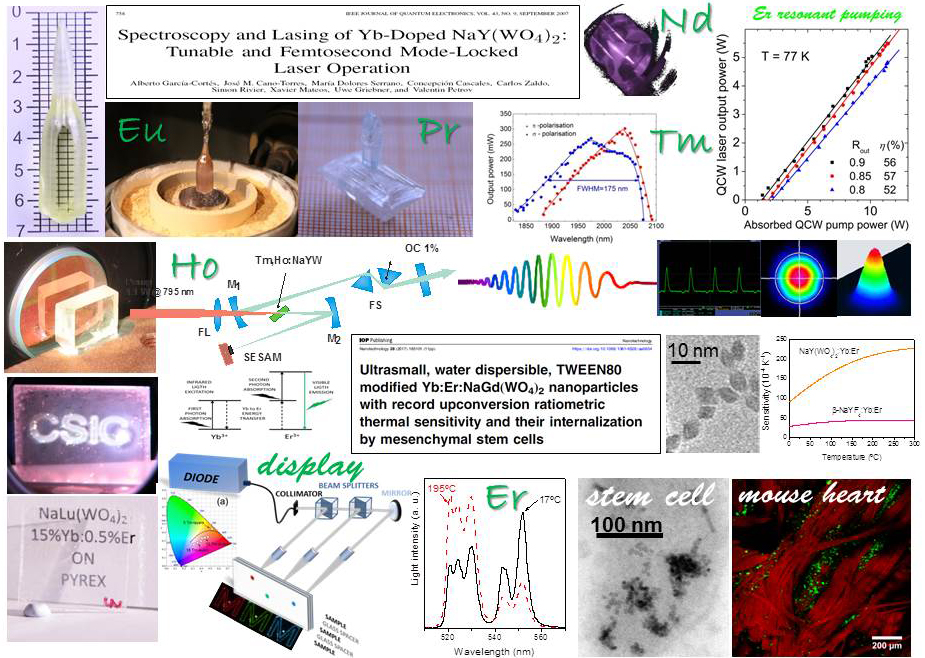
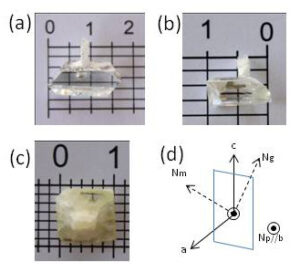 Modelocked femtosecond lasers require of luminescent ions with large emission bandwidth and tunability. This requirement is difficult to fulfill with lanthanides due to the inner nature of the 4f orbital. The concept of «disordered single crystals» which is based on multiple (isovalent or heterovalent) cationic substitutions on the same lattice site has gained attention to solve the problem but results are still limited. In our recent publication in Journal of Alloys and Compounds 961 (2023) 171092 (doi 10.1016/j.jallcom.2023.171092) we show that the random orientation of the Bi3+ non-bonded 6s2 lone pair induces a large band broadening of the Yb3+ emission in monoclinic KY1-x-yBixYby(WO4)2 single crystals. The growth of these crystals and their laser capabilities are demonstrated within the activity of our THINLAS project.
Modelocked femtosecond lasers require of luminescent ions with large emission bandwidth and tunability. This requirement is difficult to fulfill with lanthanides due to the inner nature of the 4f orbital. The concept of «disordered single crystals» which is based on multiple (isovalent or heterovalent) cationic substitutions on the same lattice site has gained attention to solve the problem but results are still limited. In our recent publication in Journal of Alloys and Compounds 961 (2023) 171092 (doi 10.1016/j.jallcom.2023.171092) we show that the random orientation of the Bi3+ non-bonded 6s2 lone pair induces a large band broadening of the Yb3+ emission in monoclinic KY1-x-yBixYby(WO4)2 single crystals. The growth of these crystals and their laser capabilities are demonstrated within the activity of our THINLAS project.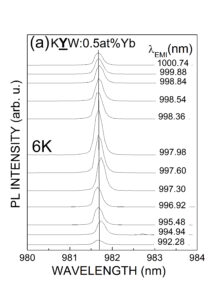
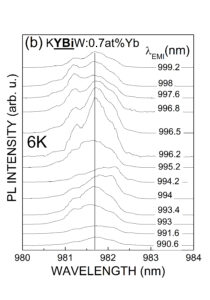

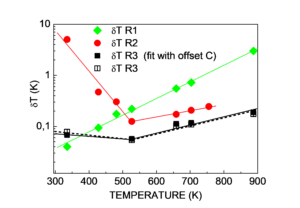

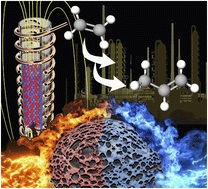 Our recent publication in Journal of Materials Chemistry A 2023, 11, 19854 (doi 10.1039/d3ta03654e) in collaboration with the Institute of Chemical Technology (UPV-CSIC) in Valencia (among others) adresses the problem found in Tandem Catalysis of having»spatially proximate but thermally distant» catalysts contained in a single reactor. An elegant solution arose through the specific heating of the hot catalyst by magnetic susception. A thermal gradient of 50 ºC between the hot and cold catalysts was infered by luminescence lifetime thermometry by using Eu3+-doped and Cr3+-doped nanoprobes. A probe of concept was demostrated by direct production of propene from ethene, via sequential olefin dimerization and metathesis reactions.
Our recent publication in Journal of Materials Chemistry A 2023, 11, 19854 (doi 10.1039/d3ta03654e) in collaboration with the Institute of Chemical Technology (UPV-CSIC) in Valencia (among others) adresses the problem found in Tandem Catalysis of having»spatially proximate but thermally distant» catalysts contained in a single reactor. An elegant solution arose through the specific heating of the hot catalyst by magnetic susception. A thermal gradient of 50 ºC between the hot and cold catalysts was infered by luminescence lifetime thermometry by using Eu3+-doped and Cr3+-doped nanoprobes. A probe of concept was demostrated by direct production of propene from ethene, via sequential olefin dimerization and metathesis reactions.